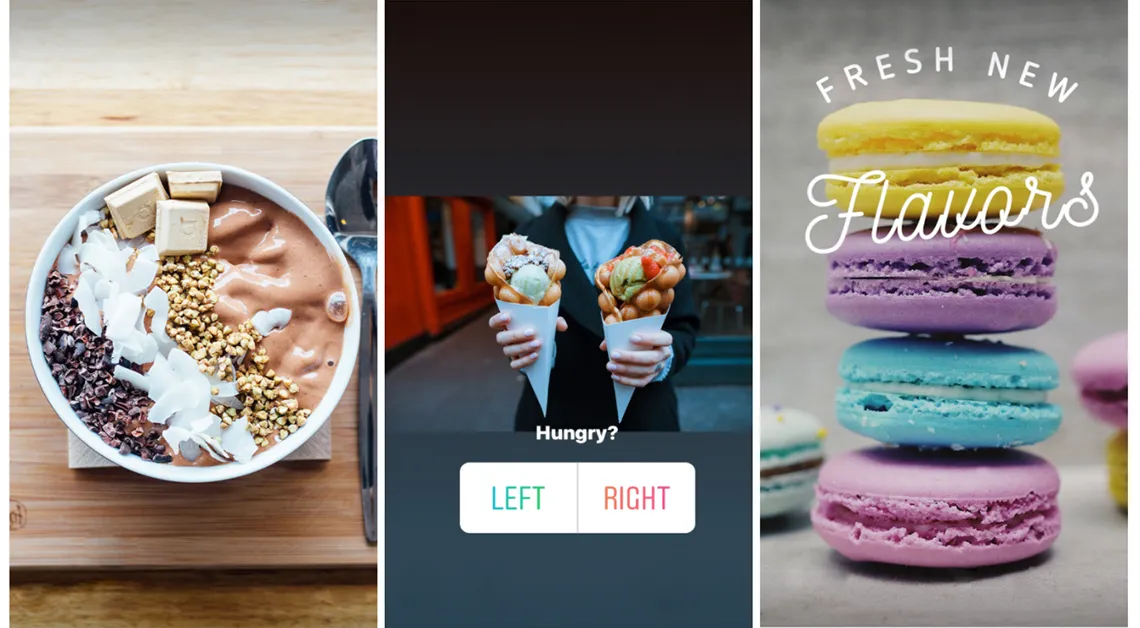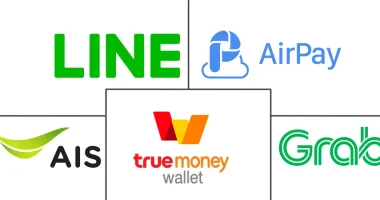What is Social Media Marketing?
In today’s digital landscape, social media marketing has become an essential component of any successful marketing strategy. With numerous platforms available, businesses often wonder which social media platform is the best for their marketing efforts.
Facebook: The Leading Platform for Broad Reach
Unmatched User Base
With over 3.06 billion monthly active users, Facebook remains the largest social media platform globally. Its diverse user demographics make it a powerful tool for marketers aiming to reach a wide audience. Whether targeting young adults or older generations, Facebook provides opportunities to connect with various customer segments.
Comprehensive Advertising Tools
Facebook’s advertising capabilities are among the most advanced in the industry. Marketers can create highly targeted ads based on user interests, behaviors, and demographics. This precision allows businesses to optimize their campaigns effectively and maximize their return on investment (ROI).
Instagram: The Visual Marketing Powerhouse
Engaging Visual Content
Instagram has rapidly gained popularity, boasting over 2 billion monthly active users. Its focus on visual content makes it an ideal platform for brands that can leverage high-quality images and videos. Instagram’s features, such as Stories and Reels, provide unique opportunities for brands to engage with their audience in real time.
Shopping Integration
Instagram Shopping has transformed the platform into a virtual storefront, allowing users to browse and purchase products directly through the app. This seamless integration enhances the shopping experience and drives conversions, making Instagram a top choice for e-commerce brands.
YouTube: The Video Marketing Giant
Extensive Reach and Engagement
YouTube is another powerhouse in the social media marketing landscape, with over 2 billion monthly users. As the second-largest search engine globally, it offers businesses unparalleled opportunities to reach potential customers through engaging video content.
Diverse Content Formats
YouTube supports various content formats, including tutorials, product reviews, and live streams. This versatility enables brands to connect with their audience in meaningful ways while providing valuable information that can influence purchasing decisions.
TikTok: The Fastest-Growing Platform
Captivating Short-Form Content
TikTok has emerged as one of the fastest-growing social media platforms, attracting over 1.67 billion monthly active users. Its emphasis on short-form video content allows brands to create engaging and entertaining marketing campaigns that resonate with younger audiences.
High Engagement Rates
TikTok’s algorithm promotes content based on engagement rather than follower count, making it easier for brands to go viral and reach new audiences. This unique feature presents significant opportunities for creative marketing strategies that capture attention quickly.
LinkedIn: The B2B Marketing Leader
Professional Networking Opportunities
For B2B companies, LinkedIn is the ultimate social media platform. With over 67 million companies registered, it provides businesses with access to decision-makers and industry professionals. LinkedIn is essential for establishing thought leadership and building valuable partnerships.
Targeted Advertising Options
LinkedIn’s advertising tools allow marketers to create targeted campaigns aimed at specific industries or job titles. This precision helps businesses effectively reach their most valuable audiences and achieve their marketing goals.
Choosing the Right Platform for Your Business in 2025
Determining the best social media platform for marketing depends on your business goals and target audience. Facebook is ideal for broad reach and comprehensive advertising capabilities, while Instagram excels in visual storytelling and e-commerce integration. YouTube offers extensive engagement through video content, TikTok captures younger audiences with short-form videos, and LinkedIn serves as a powerful tool for B2B marketing. By understanding the strengths of each platform, businesses can tailor their marketing strategies accordingly and maximize their impact in the ever-evolving digital landscape.









